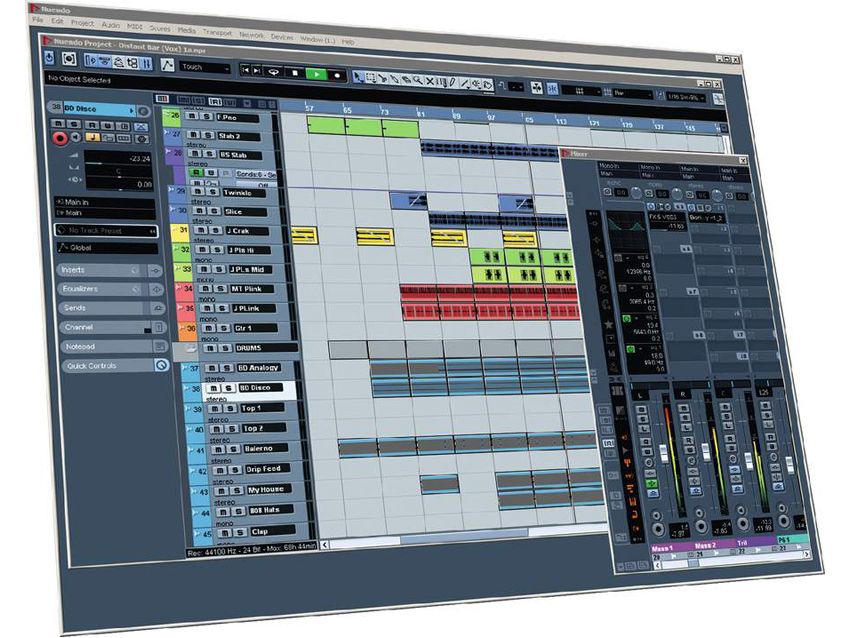
Steinberg bundled its own VST instruments and effects with Cubase, as well as continuing to develop standalone instruments as well.
#Steinberg nuendo 4 software
Digital audio recording followed in 1992 with Cubase Audio, followed by VST support in 1996 which made it possible for third-party software programmers to create and sell virtual instruments for Cubase. Product History Ĭubase was released in 1989, initially as a MIDI sequencer. In 2012, Steinberg acquired the former development team behind Sibelius, following the closure of Avid's London office in July, to begin development on a new professional scoring software named Dorico.

Steinberg has won a number of industry awards including several MIPA awards, and accolades for Cubasis and its CMC controllers amongst others. In 2012, Steinberg launched its first iOS sequencer, Cubasis, which has seen regular updates since then. With its new mother company Yamaha, Steinberg expanded design and production of its own hardware, and since 2008 it has created a range of audio and MIDI interface hardware including the UR, MR816, CC and CI series. In 2003 Steinberg was acquired by Pinnacle Systems and shortly after that, by Yamaha in 2004. The company had a revenue of 20 million in 2001 and 130 employees in 2002. A planned entry on the Neuer Markt (New Market, NEMAX50) of the Deutsche Börse failed. Steinberg Media Technologies AG had a revenue of 25 million DM in 1999. It became a very popular MIDI sequencer, used in studios around the globe. In 1989 Steinberg released Cubase for Atari, and versions for the Mac and Windows platforms would follow soon afterwards. The ST had built-in MIDI ports which helped to quickly increase interest in the new technology across the music world.
#Steinberg nuendo 4 pro
As early proponents and fans of the MIDI protocol, the two developed Pro 16, a MIDI sequencing application for the Commodore 64 and soon afterwards, Pro 24 for the Atari ST platform.

The company was founded in 1984 by Karl Steinberg and Manfred Rürup in Hamburg.


 0 kommentar(er)
0 kommentar(er)
